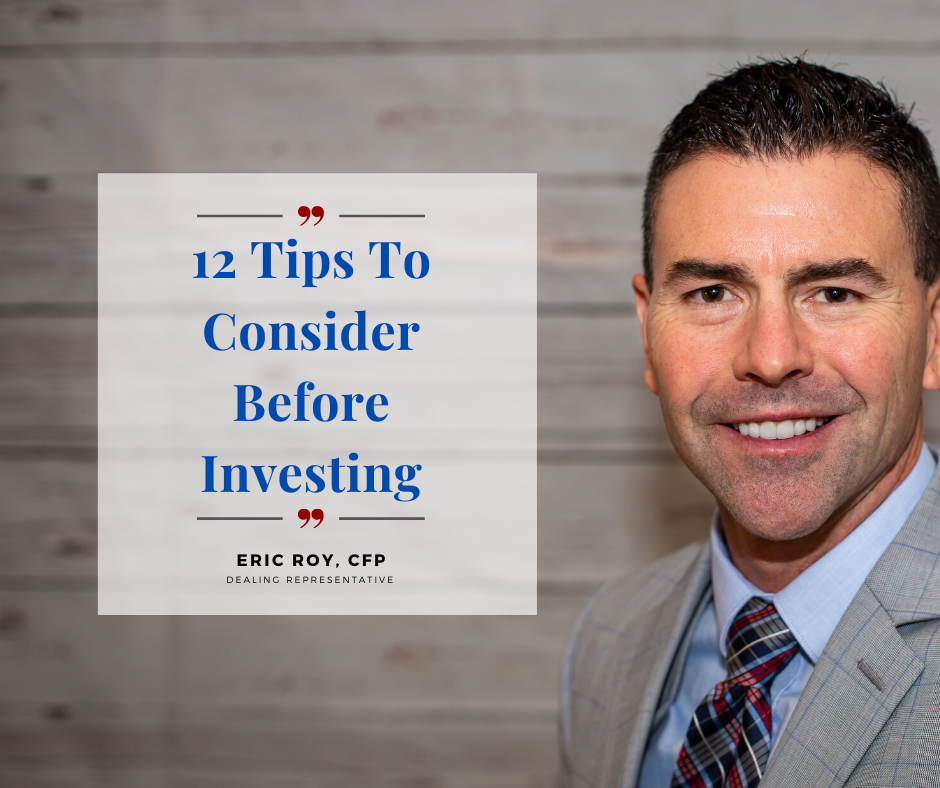Understanding the Different Types of Investment Risk
Risk versus reward – it’s something you need to consider when determining how to invest your money. Unfortunately, there’s no way around risk when it comes to investing. Minus a few rare exceptions, almost every investment vehicles carries some amount of risk. Fortunately, not all risks are the same. By working with an investment advisor you can decide what types and levels of risk you’re comfortable with. So before creating or adding to your portfolio, it’s important to have an understanding of the different types of risk. For the purpose of this article, let’s discuss non-systematic risk. Non-systematic risks can occur independent from the market as a whole and may only affect a certain group of securities. Below, let’s look at seven types of non-systematic risks.
Seven Types of Non-Systematic Risks
Inflation Risk
Inflation risk, sometimes called purchasing power risk, is the risk that inflation will decrease the value of your investment. As you’re probably aware, inflation shrinks the purchasing power of money. For example, if you were to shop in a grocery store in 1935, a carton of milk would cost around ten cents. Today, that same carton of milk would cost you over two dollars. In most cases, inflation happens gradually over time. This makes it more of a risk to fixed income vehicles, such as bonds.
Business Risk
If you’re thinking about adding to your portfolio, your investment advisor will likely talk to you about business risk. Business risk is the risk of a company’s profits being lower than expected. This can happen for a number of reasons and can affect almost all investment products.
Political Risk
With an upcoming federal election, an investment advisor might also warn you about political risk. As the name suggests, political risk is the risk that changes in government policies or regulations could negatively affect business. An example of this is when new tariffs or taxes are imposed.
Liquidity Risk
Liquidity is the ability to quickly sell an asset or security for cash. As such, liquidity risk is the risk that an investment will not be marketable enough to be bought or sold in time to meet obligations and prevent or minimize loss.
Interest Rate Risk
As the name suggests, interest rate risk is the risk that a changing interest rate will negatively affect the value of your investment.
Currency Risk
Currency risk, sometimes called exchange-rate risk, arises from fluctuating foreign exchange rates. As a result, this type of risk is most apparent for those with foreign investments.
Default Risk
Default risk is the possibility that a borrower will be unable to make the required payments on their debt obligations.
How an Investment Advisor Can Help
Anytime you invest your hard earned cash, it’s important to understand that there will be risk involved. Although this might make it seem scary, it’s also not all risky business. By consulting an experienced investment advisor and creating a well-diversified portfolio, many of the risks above can be greatly reduced. For more information about investing and reducing risk, contact an investment advisor today.



